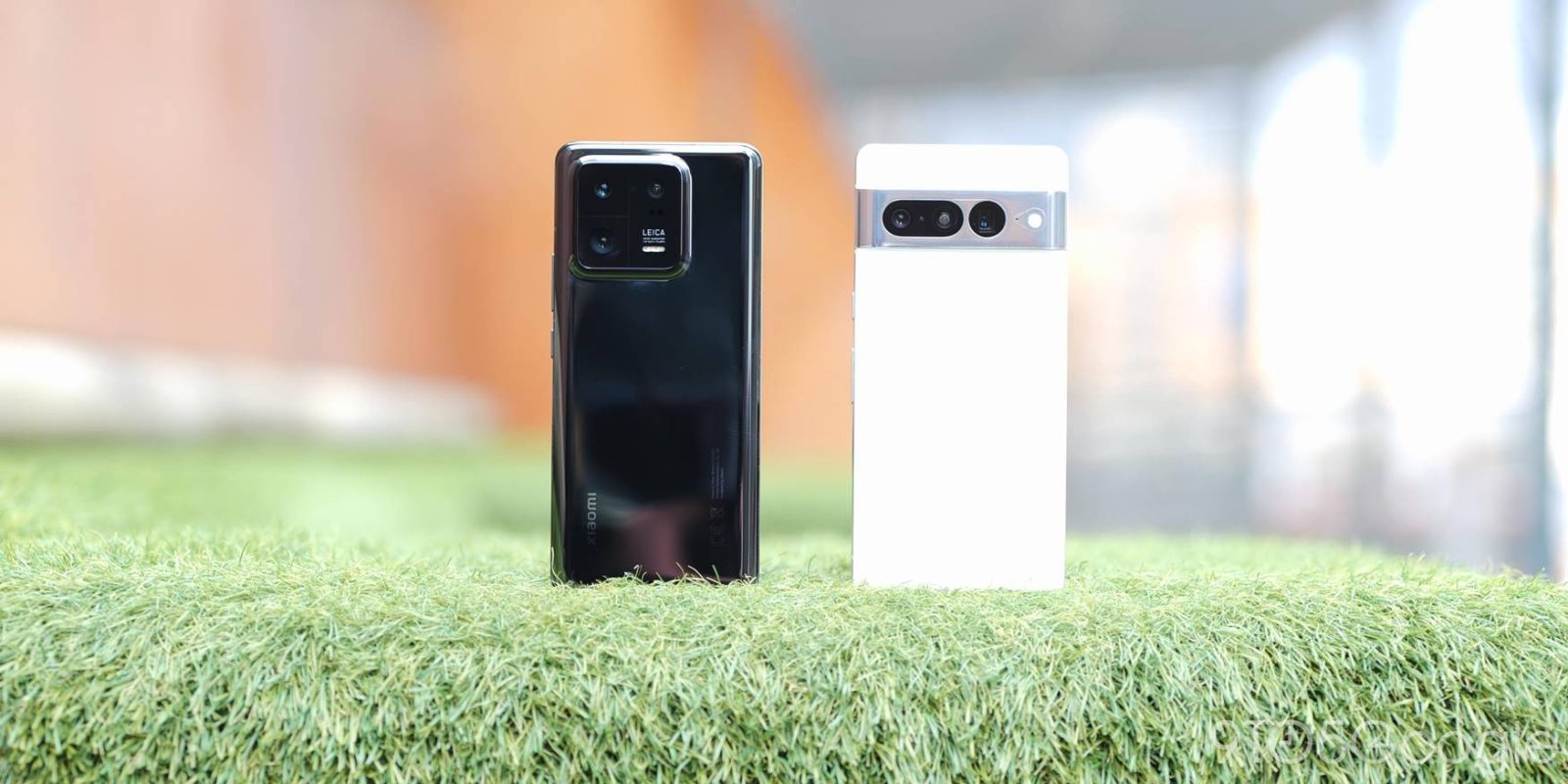
The Pixel 7 Pro is the biggest, boldest Google phone to date, but how does it stack up against the recently released Xiaomi 13 Pro? Here’s everything you need to know.
Before we get into the nitty-gritty and intense details, these are two very impressive Android devices for different reasons. Firstly, the Pixel 7 Pro relies heavily on cohesion and optimization. Conversely, the Xiaomi 13 Pro packs in only the biggest and best hardware to attain a place at the top table of Android.
Not only is there a substantial price difference between the Xiaomi 13 Pro and the Pixel 7 Pro, but there is also a very different global sales strategy. Read on to see just which phone could be a better buy for you.
Table of contents
Video — Xiaomi 13 Pro vs. Pixel 7 Pro
For more video content, subscribe to 9to5Google on YouTube.
Hardware
What is really surprising is just how similar the statures of the Pixel 7 Pro and Xiaomi 13 Pro happen to be. The size and dimensions are practically identical, with 6.7-inch screens at the very heart of both devices. Obvious design differences aside, the ceramic finish of the Xiaomi 13 Pro should provide added durability. That’s not to say the Gorilla Glass Victus used on the Pixel 7 Pro backplate can’t deflect moderate damage.
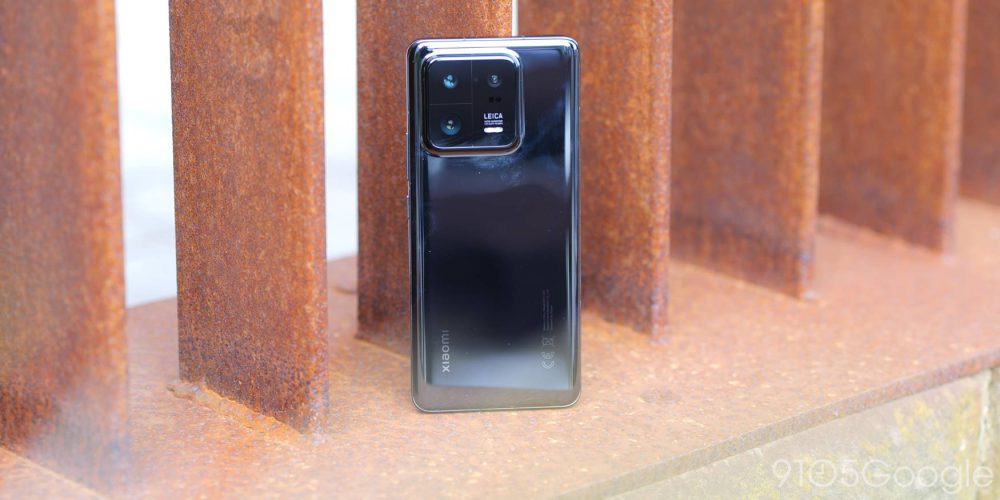
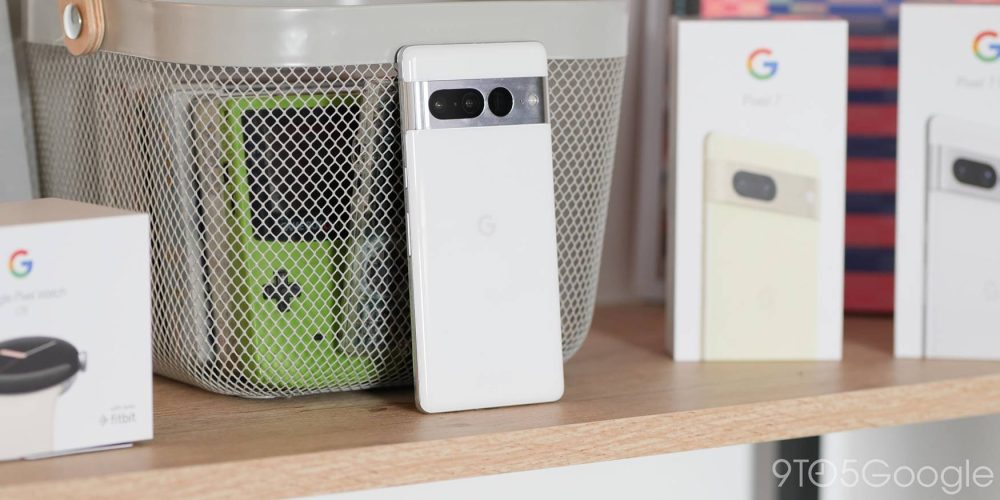
Xiaomi has favored a square camera module which is fine, but because of this design decision, it lacks any real identity. The Pixel 7 Pro’s standout camera bar forgoes the staid chassis’ we’re seeing from many in the industry as smartphones fall in line with various design principles. It’s all the better for that and has improved upon the Pixel 6 series by dropping the glass bar in favor of a metal frame. Does this really matter when you’re going to stick a case on either phone? That’s a question for you to answer.
There is little to separate the QHD+ displays. Both are rated at 120Hz and AMOLED. Each screen also includes an optical in-display fingerprint scanner for biometric security, but you can use software-based Face Unlock if you prefer. Where the Xiaomi 13 Pro edges the Pixel is in the 1,900 nits maximum brightness level (vs. 1,500 nits) and a marginal increase in vertical on-screen pixels.
| Xiaomi 13 Pro | Google Pixel 7 Pro | |
| Size | 6.73 inches | 6.71 inches |
| Display | 120Hz / AMOLED / QHD+ / Gorilla Glass Victus / 1,440 x 3,200 pixels / 522ppi | 120Hz / LTPO / QHD+ / Gorilla Glass Victus / 3,120 x 1,440 pixels / 512ppi |
| Chipset | Qualcomm Snapdragon 8 Gen 2 | Google Tensor G2 |
| RAM | 8 / 12GB DDR5 | 12GB DDR5 |
| Storage | 128GB / UFS 3.1 256 / 512GB UFS 4.0 | 128 / 256 / 512GB UFS 3.1 |
| Battery | 4,820mAh | 5,003mAh |
| Rear camera | 50MP wide / 50MP ultrawide / 50MP telephoto | 50MP wide / 12MP ultrawide / 48MP telephoto |
| Front-facing camera | 32MP | 11.1MP |
| Biometrics | In-display fingerprint scanner | Pixel Imprint fingerprint scanner |
| Colors | Ceramic White / Ceramic Black | Obsidian / Snow / Hazel |
The Xiaomi 13 Pro has vastly superior internals to the Pixel 7 Pro. From the Qualcomm Snapdragon 8 Gen 2 processor to the faster UFS 4.0 storage on selected variants, this is a full-throttle smartphone. Sure, the Tensor G2 is a good chip for most things you’ll want to do, but it falls short in raw performance levels. What’s impressive is just how snappy the Pixel 7 Pro feels, despite the admittedly weaker internals. Google’s optimizations make a huge difference, given that the Xiaomi 13 Pro has processing power to burn.
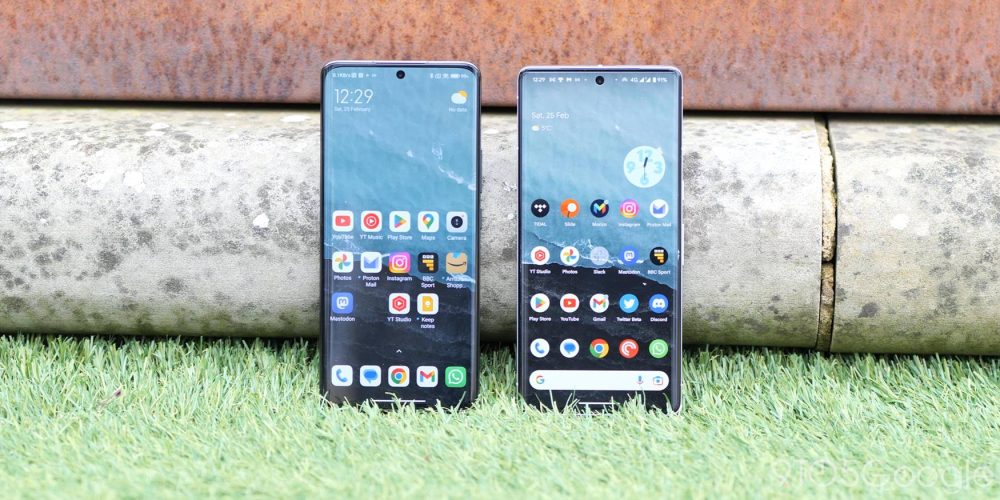
IP68 ratings are also included with stereo speakers, excellent haptics and screen touch responses. In many ways, we’re talking about two by-the-numbers Android flagship phones with all the functionality and hardware in place to guarantee a great experience. Xiaomi has made some sensible hardware decisions, including the addition of Wi-Fi 7 plus an IR blaster, which has become synonymous with the Chinese smartphone brand.
Software
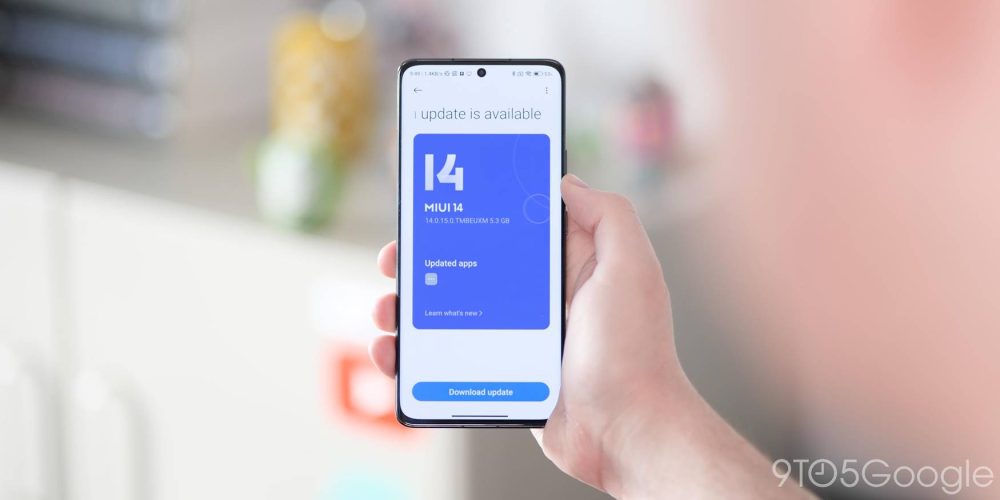
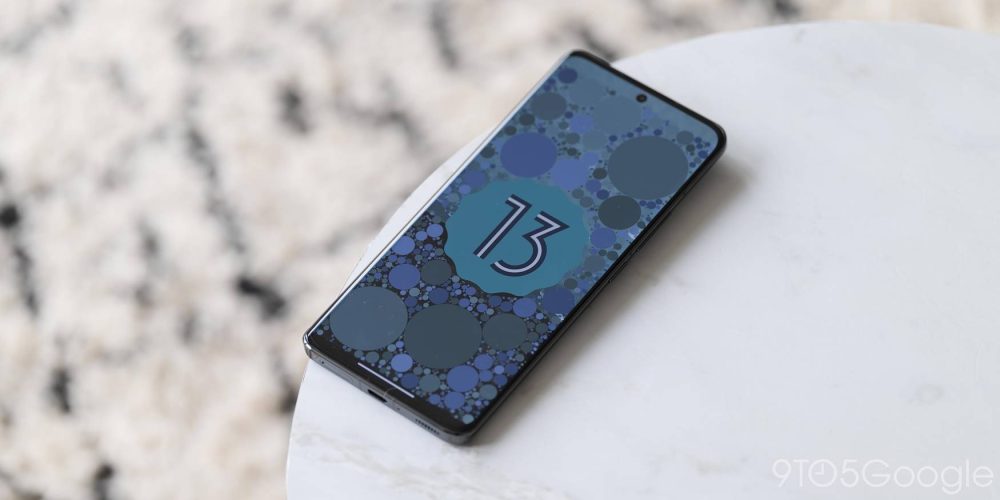
Comparing MIUI 14 to the default Android 13 experience is a tough task. These software builds based on the latest mobile operating system are very much at opposite ends of the spectrum. MIUI 14 includes a massive amount of customization, tweaks, and tuning. Meanwhile, the Pixel is lightweight and only comes with minor adjustments over the base AOSP build.
Xiaomi tends to bend and skew its design to fit what we’d consider an “iOS” aesthetic. This means squircle icons, a Control Center clone, plus more. There are lots of other optional customizability options also bundled in. You’re able to tweak practically every portion of the home screen and the lock screen.
A downside is that there are a lot of duplicate Xiaomi versions of apps, including Mi Browser, Gallery, and File Manager, plus third-party apps, including Facebook, TikTok, LinkedIn, Booking.com, plus more. Some of these can be removed, but not all, which makes the inclusion a tad frustrating.
| Xiaomi 13 Pro | Google Pixel 7 Pro | |
| Software | Shipped with Android 13 w/ MIUI 14 | Shipped with Android 13 |
| Updates | 3 OS / 5 years patches | 3 OS / 5 years patches |
| Features | In-display fingerprint scanner Face Unlock RAM expansion Dual apps Notification and Control Center Device themes Super Icons | In-display fingerprint scanner Face Unlock Photo Unblur Cinematic Blur Google One VPN Cough and snore detection Material You |
The Pixel 7 Pro offers little bloat to speak of – that is, unless you class the default Google suite as such. Almost every app can be removed, though, which is why this is less problematic. When it comes to features, Google’s approach is to offer smart functionality that leverages Tensor.

You’ll get access to features like Photo Unblur for images, on-device real-time translation, a dedicated VPN service, plus much more. OnePlus doesn’t offer many smart functions but does provide options like Zen Mode, which is a neat extension that goes beyond the basic Digital Wellbeing suite.
No matter which version of Android you prefer, the major update schedule is identical. Three versions of Android will take the Pixel 7 Pro and the Xiaomi 13 Pro up to version 16. A murky area for the Xiaomi flagship is just how often security patches will arrive. The Chinese OEM has a fairly poor track record of pushing updates. That said, the Pixel and the Xiaomi are slated to get five years of patches, but the Google handset benefits from day-one updates in all forms.
Battery
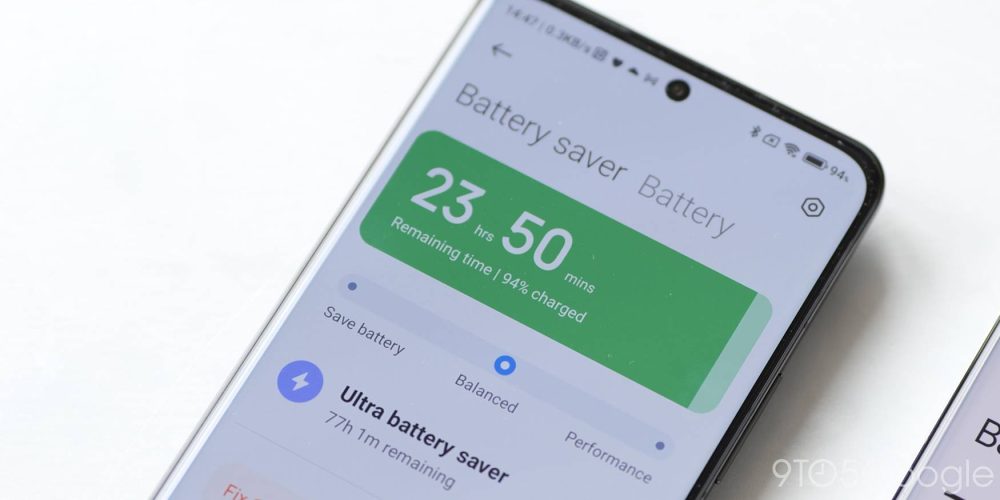

Judging the life span of a device is always a tough ask. Even with similar usage patterns, you might see wildly different longevity figures. The Pixel 7 Pro has a larger 5,000mAh internal cell, which just edges out the Xiaomi 13 Pro’s 4,820mAh battery. What’s interesting is, whether it’s due to the improved power efficiency of the Snapdragon 8 Gen 2 chip, the Xiaomi flagship is an all-day phone.
| Xiaomi 13 Pro | Google Pixel 7 Pro | |
| Battery size | 4,820mAh | 5,003mAh |
| Charging speed | 120W wired 50W Qi wireless 10W reverse wireless | 30W wired (23W peak) 21W Qi wireless w/ Pixel Stand 2 5W reverse wireless |
The Pixel 7 Pro has a solid life span too. Qualcomm’s latest and greatest might be able to push the Xiaomi 13 Pro way past the two-day barrier when avoiding high-power apps like 3D games or when used extensively for GPS navigation.
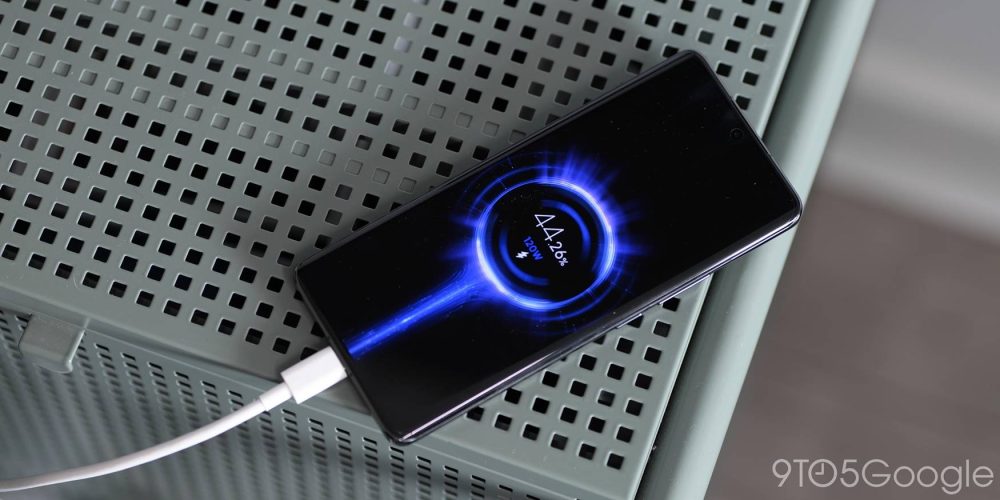
Charging is one area where there’s no contest. The super fast 120W wired charging of the Xiaomi 13 Pro can take you from 0-100% in just 19 minutes. Yes, 19 minutes. Pair that with 50W superfast wireless charging, and you will not wait around for your phone to get back to operational battery levels.
Camera

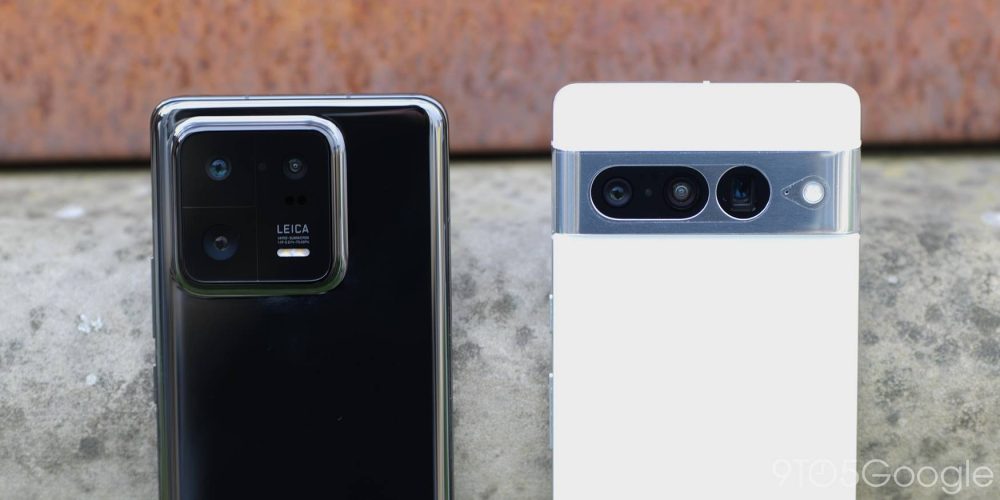
It’s yet another case of raw hardware versus software tuning when you look at the camera systems on the Pixel 7 Pro and the Xiaomi 13 Pro. Sure, the raw camera specifications heavily favor the Xiaomi 13 Pro with the mammoth 1-inch main sensor. It’s a massive leap for mobile photography in many ways, and it’s a great point-and-shoot option that mimics the impressive Xiaomi 12S Ultra from late-2022.
The leap is not as pronounced as you might have expected, as the 50-megapixel Pixel 7 Pro main sensor produces tack-sharp, contrasty photos. Leica lens and color tuning mean that the Xiaomi 13 Pro is a truly impressive product with all of the added depth that a larger sensor can achieve. All three lenses produce 50-megapixel photos, something the Pixel cannot replicate.
| Xiaomi 13 Pro | Google Pixel 7 Pro | |
| Main sensor | Sony IMX989 50MP f1.9 aperture | Samsung GN1 50MP f1.9 aperture |
| Secondary sensor | Samsung JN1 50MP ultrawide-angle f2.2 aperture 115˚ FOV | Sony IMX386 12MP ultrawide-angle f2.2 aperture 126˚ FOV |
| Tertiary sensor | Samsung JN1 50MP telephoto f2.2 aperture | Samsung GM5 48MP telephoto f3.5 aperture |
| Front-facing sensor | 32MP f2.2 aperture | Sony IMX 663 11.1MP f/2.2 aperture |
| Camera hardware features | OIS EIS PDAF | OIS EIS PDAF |
| Camera software features | 70x zoom Document mode Pro mode Leica filters Leica bokeh effects Tilt-shift Supermoon Long-exposure 10-bit HDR 30fps Teleprompter mode Dual Video 8K 24fps | 30x zoom Macro Mode Guided Frame 4K UHD 60fps (all lenses) 10-bit HDR10 Video Real Tone 2.0 Cinematic Blur |
Because the Xiaomi 13 Pro is so heavily reliant on the massive 1-inch main sensor, it sometimes feels like the other lenses take a step down. This is most notable with the 3x telephoto zoom lens, which in tandem with digital cropping, can go as far as 70x. It’s good in isolation but falls behind the Pixel 7 Pro and the dedicated 5x periscope zoom, which has usable images even up to 20x zoom.
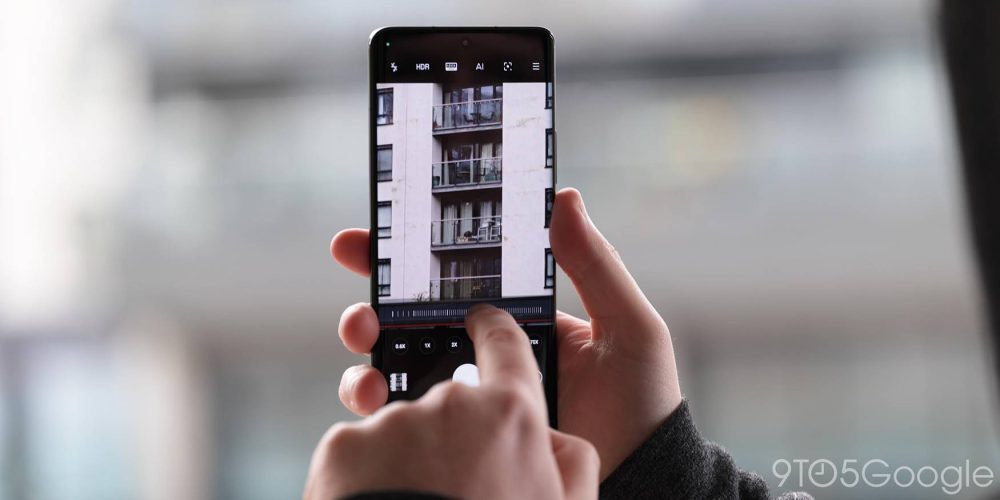
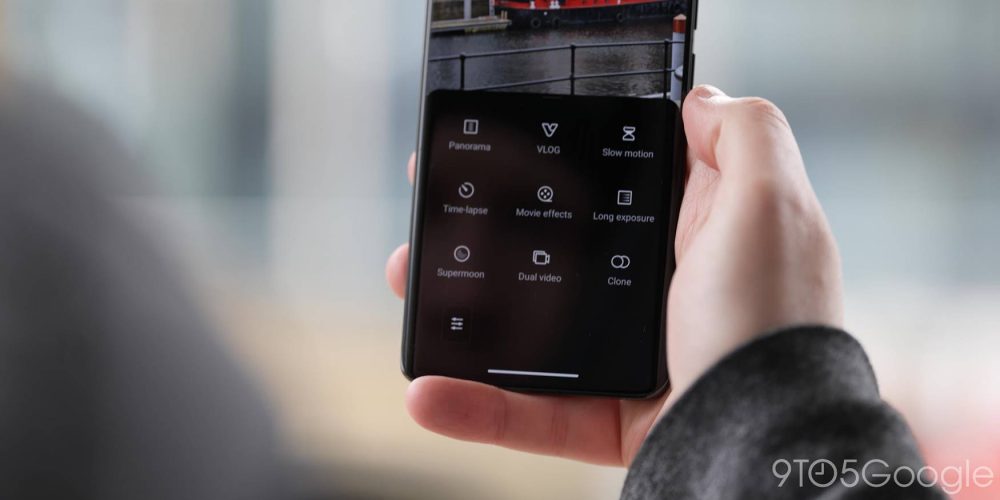
It’s hard to determine which is the better overall camera system for simple point-and-shoot photography, but the Xiaomi has an edge by virtue of the massive main sensor. It’s actually in the camera modes that the Xiaomi 13 Pro obliterates the Pixel. Right out of the box are a mountain of functions you can play around with, including Leica filters, tilt-shift, and a dedicated Pro mode. For whatever reason, Google has never offered such a mode, and the default Google Camera app lacks a full-sensor 50-megapixel mode.
For the mobile videographer, the quality of video produced is better on Pixel, in our opinion. However, Xiaomi has stuffed in video modes such as a teleprompter/autocue for the selfie setup, dual video, plus higher resolutions up to 8K 24fps. It’s very close to providing the “complete” mobile camera setup for mobile creatives.
Xiaomi 13 Pro vs. Pixel 7 Pro: Which is the better flagship for 2023?
About upgrading: 9to5Google often gives specific product recommendations. Sometimes, we may suggest not upgrading, due to various reasons including, but not limited to: increased device cost, negligible performance gains, or environmental impact. Whether to upgrade is always your call, but our aim is to help you make as informed a decision as possible.
The Pixel 7 Pro is undoubtedly the best Google phone to date, and the same could be said of Xiaomi’s latest handset. It isn’t quite the best smartphone camera available, even with the headline 1-inch sensor, but it’s certainly a big, bold, brash piece of technology that stands shoulder-to-shoulder with the best in the business.
What we continually find when comparing the Pixel 7 Pro to the most expensive devices is that Google has struck a fine balance. Price-to-performance is fairly mediocre, but the fine-tuning helps elevate the experience above many so-called “superior” competitors.
On paper, the Xiaomi 13 Pro surpasses the Pixel 7 Pro in almost all areas. In the real world, the differences are less pronounced. Credit where it’s due, Xiaomi has upped its game this time around, and we’re hoping to see the company keep refining and honing its own devices. The right phone for you still depends heavily on where you live. The same is true of the Pixel series wholesale.
That said, at almost $450 less, the Pixel 7 Pro makes a case for you to consider it. For the spec-heavy tech fan, it’s easy to see why the global Xiaomi 13 Pro might be a head-turner or even a rival to the Galaxy S23 Ultra.
FTC: We use income earning auto affiliate links. More.





Comments